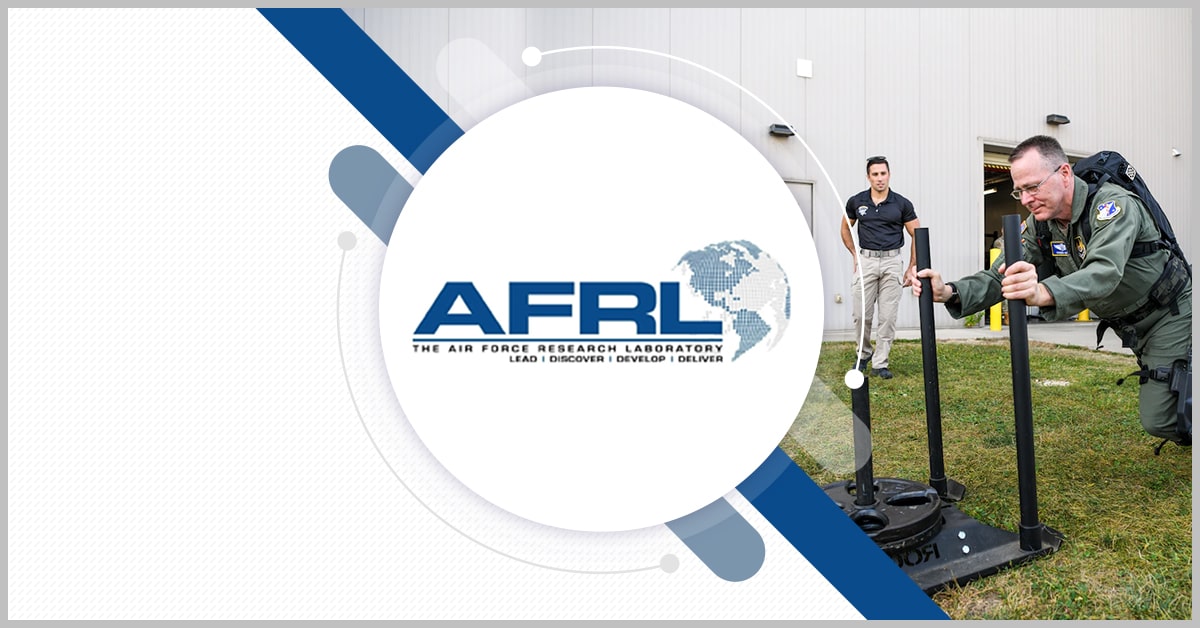The Defense Innovation Unit is now accepting proposals for commercial artificial intelligence and machine learning tools that can aggregate data from multiple sources and improve situational awareness for warfighters. Called Situational Awareness by Intelligent Learning Systems, or SAILS, the initiative aims to develop and deploy AI/ML applications to support the convergence of data inputs from space-based, shipboard and airborne assets, as well as intelligence reports, watch logs and other documents at the U.S. Navy’s Maritime Operations Centers, DIU said.
SAILS Technology Requirement
According to a commercial solutions opening, or CSO, posted Thursday, DIU wants an AI/ML platform that facilitates role-based access control and cross-domain data sharing and can operate in denied, disrupted, intermittent and limited-impact—a.k.a. DDIL—bandwidth environments. The technology must also be qualified to operate across classification levels and comply with the National Institute of Standards and Technology’s requirements for handling controlled unclassified information.
In addition, DIU wants a system that can be deployed regardless of hardware provider.
The SAILS initiative will have multiple phases, with phase two expected to include demonstrations in an unclassified environment. DIU may award a prototype other transaction agreement and then a follow-on production contract for the required technology.
Interested parties may submit a description and technical details of their proposed solutions to DIU until June 6.













